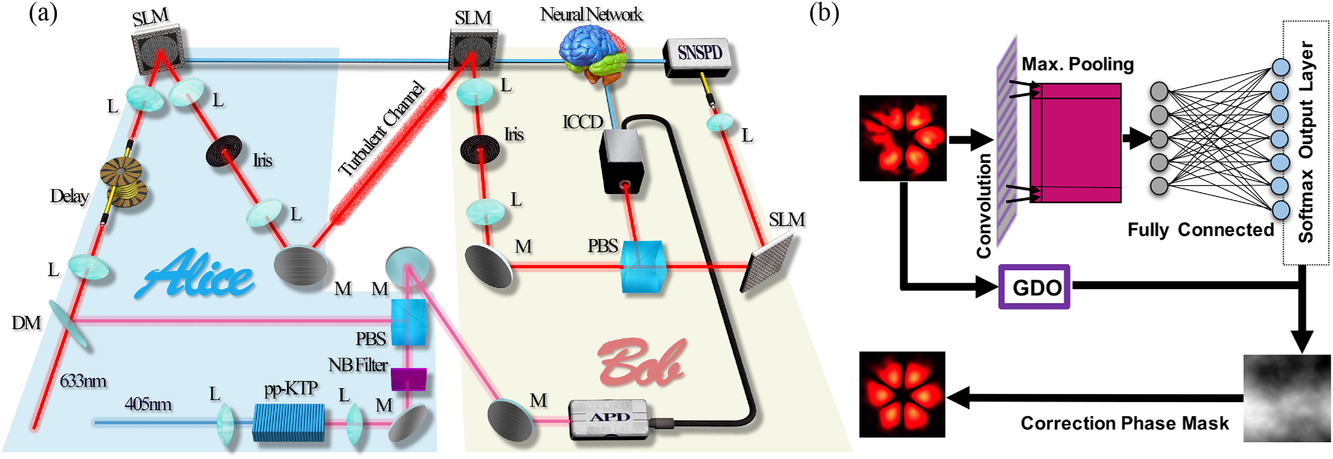
For years, physicists have been looking for materials that emulate a Kitaev honeycomb (solid-state model known to birth Majorana fermions in magnetic fields).
Physicists from Chung-Ang University, Korea, unveiled the existence of Majorana fermions in α-RuCl3, a graphene-like quantum magnetic material closely resembling a Kitaev honeycomb in a magnetic field.
The properties of α-RuCl3 are such that at low magnetic fields, it exhibits a zigzag ordering of “spins”—an essential quantum property influencing the ordering of electrons in atoms and molecules. While in high magnetic fields, it exhibits a “spin polarized state,” with all its spins oriented along the field. For intermediate fields, however, an interesting phase emerges.
In their study, the physicists excited α-RuCl3 with polarized light and then mapped the behavior of the generated particles over wide ranges of magnetic fields and temperatures. Their findings showed multiple intensity peaks corresponding to bound states of multiple magnons (traveling “spin” waves). Moreover, they observed an additional low-energy peak at 2 K at intermediate field strength (8 T), which revealed itself to be a “Majorana bound state” (a bound system of itinerant Majorana fermions). Interestingly, the peak disappeared gradually with an increase in temperature.
The physicists attributed this peculiar observation to the Majorana bound state’s sensitivity to experiment parameters like scattering geometry and magnetic field direction.
These findings corroborate the viewpoint that the intermediate field phase in α-RuCl3 is due to Majorana fermionic excitations, establishing it as a Kitaev honeycomb material.
The paper was published in March 2020 in Nature Communications.
The post Unique Majorana particles found in a magnetic material appeared first on Swiss Quantum Hub.



